Webinars consistently offer excellent opportunities to dive deeper into a variety of different subjects, especially in the world of education. The Schenck School partnered with ReadSource, IDA-GA, BrainLENS, Literacy How, and The Georgia Department of Education to present an overview about the neuroscience of dyslexia and how early identification and intervention have a positive impact. Dr. Fumiko Hoeft and Dr. Margie Gillis presented recent findings in education, psychology, neuroscience, and genetics to support this conclusion. Watch the webinar in its entirety here or read below to learn about five key takeaways from the presentation!
Early identification and preventative interventions help prevent the downward spiral.
Numerous biological and environmental risk factors can impact the likelihood that a child has trouble learning to read. When struggling readers with learning differences like dyslexia are identified early in their education and receive relevant interventions, they may experience better outcomes in school and beyond. If unidentified, a child with dyslexia may not enjoy school or practicing letters and reading at first, which can eventually escalate to poor vocabulary growth, trouble in school, and potentially negative long-term outcomes. By identifying and applying evidence-based interventions early in a child’s reading education, adults can help prevent the downward spiral that results from having difficulty reading.
Early interventions are effective and time-sensitive.
Although there is no single intervention that is a magical remedy for dyslexia, research shows the outstanding efficacy of early interventions compared to typical classroom practices, especially in early education. For students in pre-K and kindergarten, early interventions for dyslexia are four times more effective than ordinary classroom activities. Many reading difficulties can be reduced and even eliminated with evidence-based instructional interventions that are introduced in early education.
Additionally, the effectiveness of dyslexia interventions decreases by around 25-50% each year after pre-K and kindergarten. This does not mean that interventions provided later in school are not helpful, but they may need to be more intensive and focused than what was required in earlier education. The reduction in intervention efficacy over time emphasizes the importance of early identification for students with dyslexia.
Experts can identify dyslexia risk in preschool and kindergarten with up to 70% accuracy.
At-risk students can exhibit signs of dyslexia in preschool and kindergarten before they even begin reading. The dyslexic brain is structured differently from the non-dyslexic brain, and students with dyslexia have neurological structures that can make it more difficult to learn to read. Indicators of dyslexia include reading-related measures, such as phonological awareness, letter and sound knowledge, rapid naming, and vocabulary and oral language. Trained professionals familiar with the signs of dyslexia can review these factors and predict the risk of dyslexia with a high level of accuracy.
Children do not “grow out” of dyslexia because dyslexia is not an issue of brain maturity. The brain is incredibly resilient and can change with interventions, but the signs of dyslexia that exist in preschool and kindergarten are not challenges that will go away by themselves over time. When dyslexia risk is identified as early as possible, educators can implement interventions that help students long-term.
Students with dyslexia can still be resilient readers.
With targeted interventions introduced as early as possible, students with dyslexia can become resilient readers despite decoding and comprehension challenges. Resilient readers are defined as students who have good reading comprehension despite poor decoding skills, unlike typical readers who are good comprehenders and decoders. Research suggests that resilience in readers is closely related to the prefrontal cortex, which plays a role in learning, memory, and cognitive flexibility. Educators can emphasize executive function skills that are related to learning, memory, and cognitive flexibility to help nurture resilient readers and promote more positive outcomes.
Solutions for dyslexia are attainable and work for all students.
There are several successful approaches that educators can implement to help students with dyslexia that also benefit non-dyslexic students in the classroom. Educational environments that prioritize evidence-based reading lessons, tangible language skills, continuous progress monitoring, and other data-driven concepts help all students succeed in school, especially those with dyslexia. Interventions focused on dyslexia should not be limited to certain classrooms or reserved for certain students because these research-based interventions can help all students learn to read and write successfully. The challenge is providing the necessary education and tools to teachers and establishing solutions that can be replicated and scaled across many different learning environments.
ReadSource is proud to provide evidence-based, educational resources that parents, teachers, and tutors can learn from to better support the dyslexia community. As more individuals understand dyslexia and implement targeted interventions, children with dyslexia can experience more positive long-term outcomes. Learn more about our online training courses and explore our free resources today!








Leave a Reply